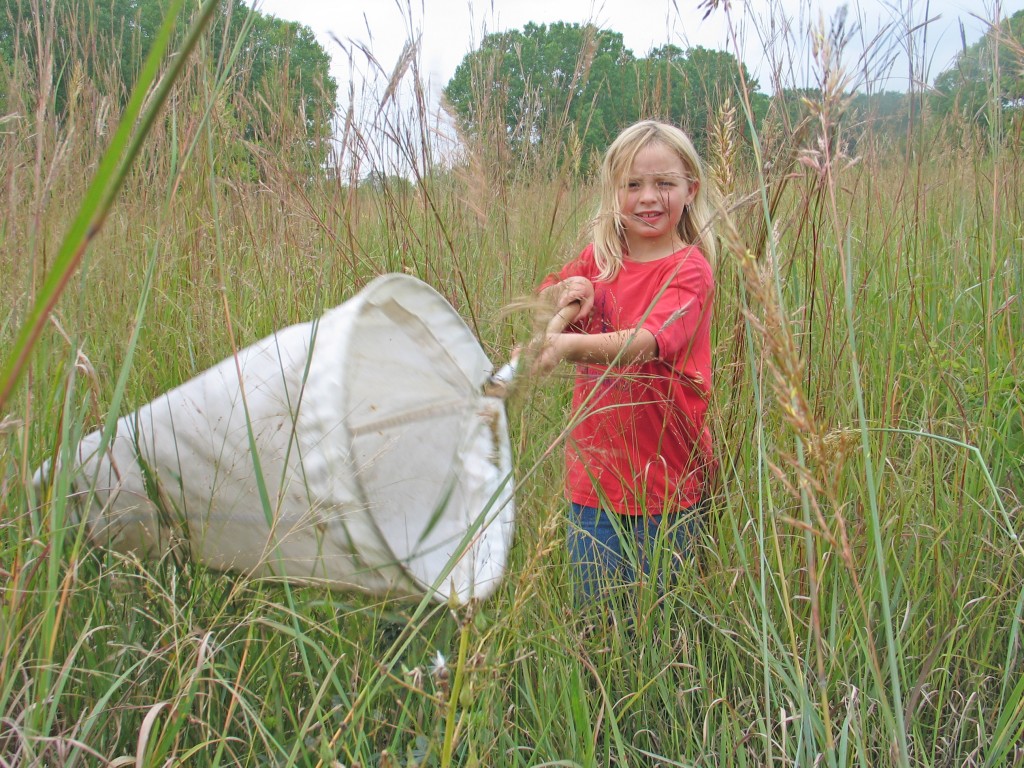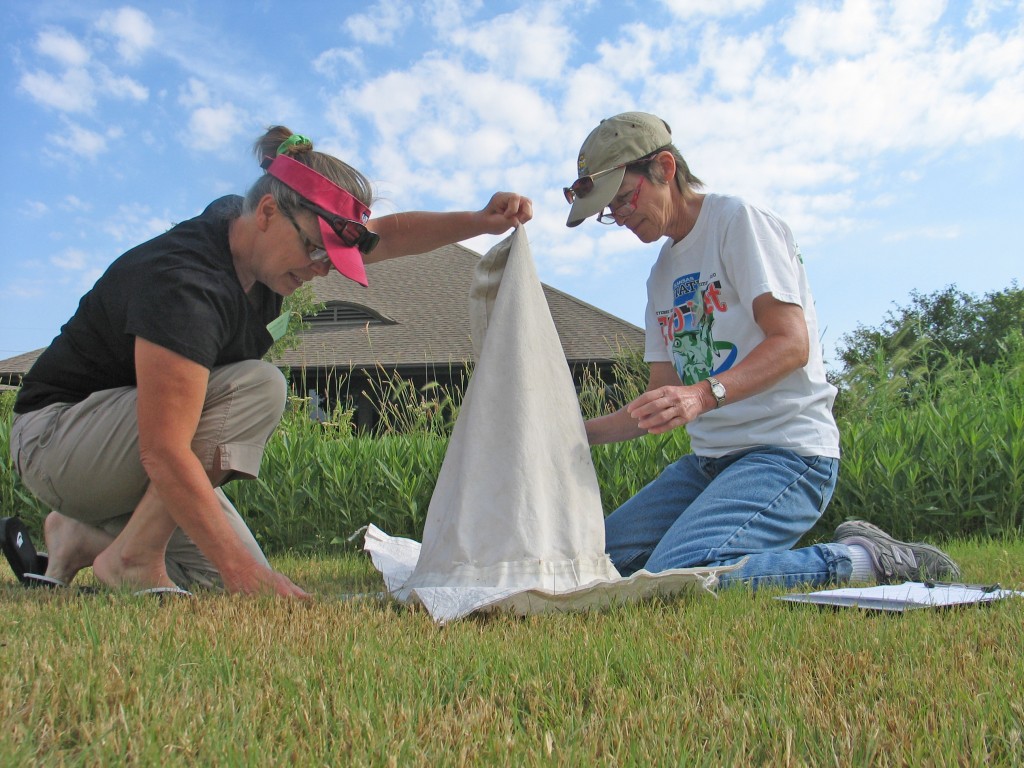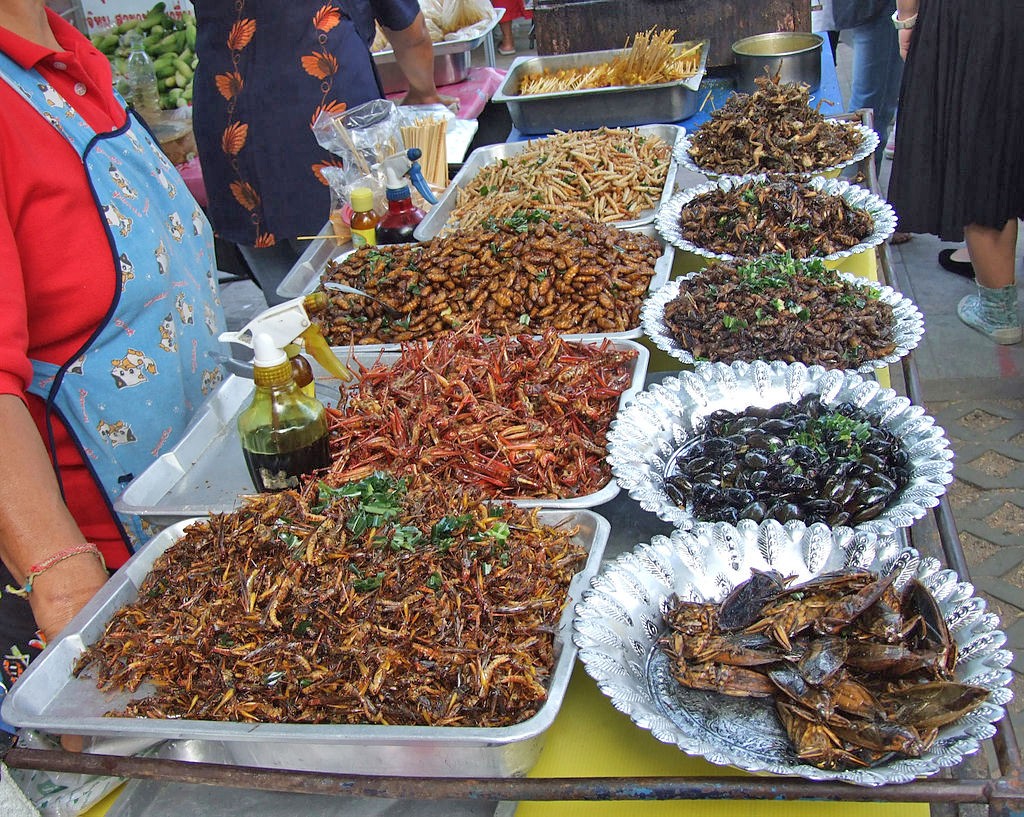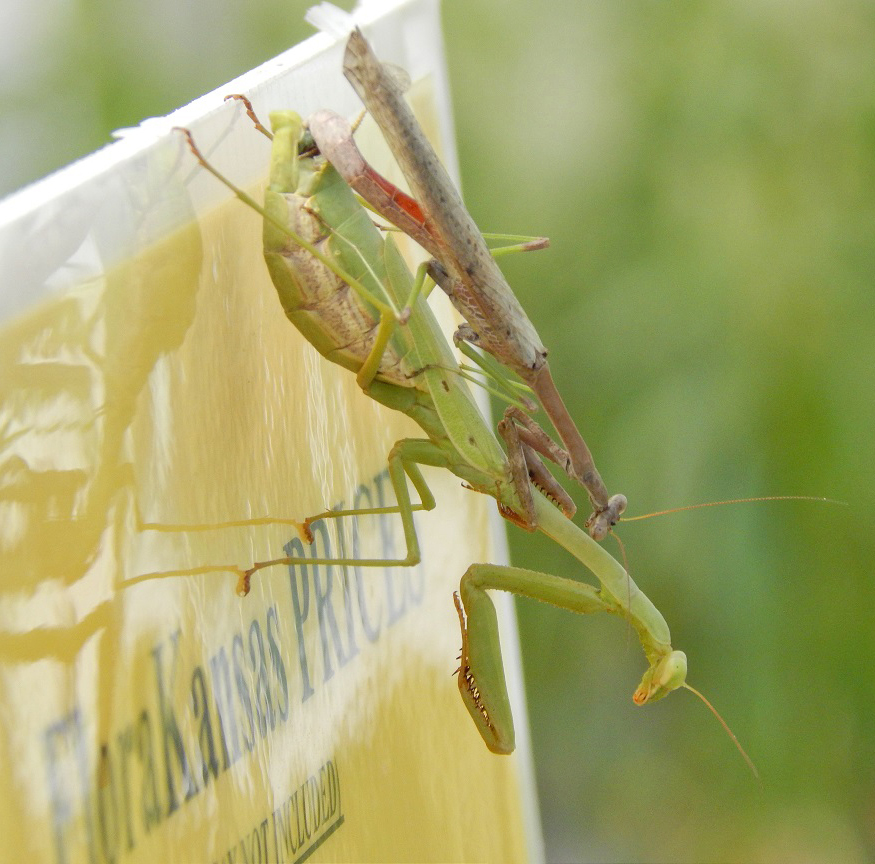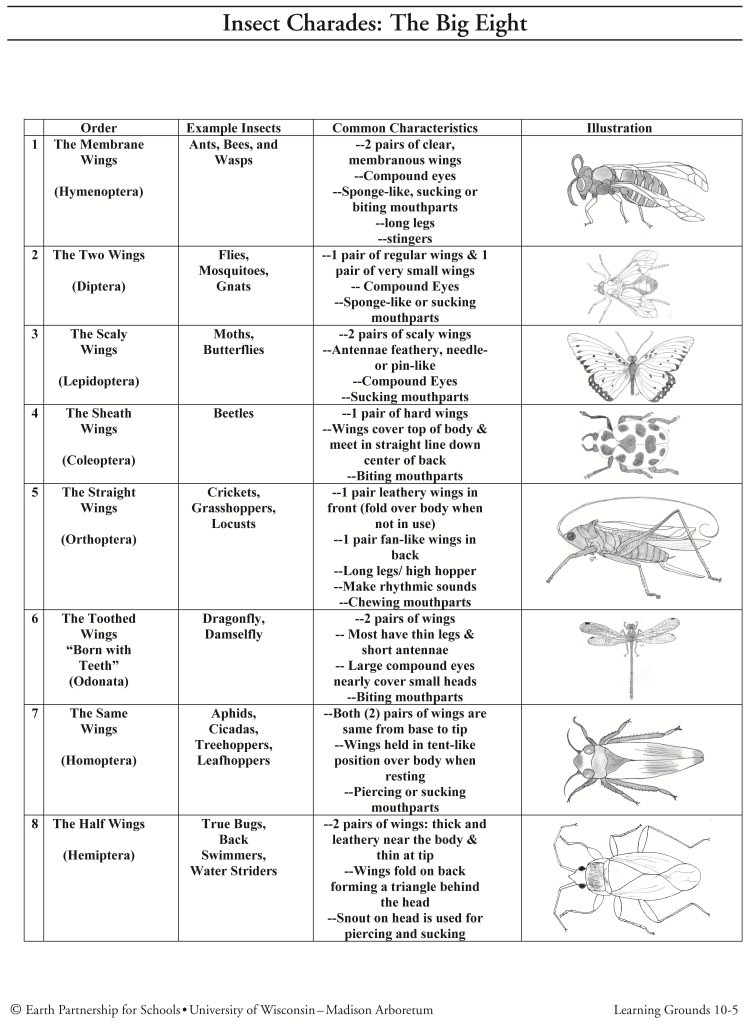“If all mankind were to disappear, the world would regenerate back to the rich state of equilibrium that existed ten thousand years ago. If insects were to vanish, the environment would collapse into chaos.”
― Edward O. Wilson
Take a moment during your next foray outdoors and observe the level of insect diversity around you. Hint, searching out vegetation and as much plant species diversity as possible will make your exploration more interesting. You can either passively observe or more aggressively make collections with an insect sweep net and it never hurts to have a copy of the color book Insects in Kansas handy. General observations are interesting enough, but counting and recording the species observed (no formal identification necessary) only increases the level of education and interest.
We do this at the Dyck Arboretum with kids and adults all the time. The findings in our diverse prairie garden on one side of the sidewalk always produce much more insect diversity and inspire greater awe and fascination than the mowed fescue lawn side.
This is no surprise, really, when you consider how much more habitat, cover, protection, and food the prairie garden holds. Concepts including ecosystems, food webs, trophic levels, herbivores, carnivores, etc. are easily discussed with this simple exercise.
Conversations often migrate towards how important insects are to humans, our survival, and quality of life. Insects pollinate our crops including many fruits, nuts, and vegetables, they provide us with honey, beeswax, cotton, silk, and tobacco, they perform valuable services as scavengers, they serve as food for many birds and animals, they help keep harmful plants and animals in check, and they have been useful in medicine and scientific research.
People in 80% of the world’s nations enjoy insects as food, and this number will continue to grow as world human population growth continues to outpace food production (take a look at this recent Food and Agriculture Organization United Nations Report to understand how common entomophagy is in the non-western world). Sure, one can find annoying, harmful, and even dangerous examples of insects too, but for humans the benefits far outweigh the detriments.
There are fascinating stories to tell about symbiotic relationships between plants and insects, insects as pollinators, brood caretakers, and navigators, and even gruesome ones about insects as scavengers, parasites, and vicious predators. You probably know about the important relationship between milkweed and the monarch butterfly, but did you know that grasshoppers consume more biomass on the prairie than either cattle or bison? Or how about the perilous story of how the male preying mantis becomes food for the female both during and after copulation? There’s a father’s day story you won’t soon forget.
There are about 900,000 identified species of insects in the world which makes up approximately 80% of the total wildlife species. Entomologists estimate that they have only been able to identify approximately 3% of the world’s species which push total species estimates to 30 million.
Take a few moments to study the following chart of common insect orders to better understand what is out there, have some fun exploring, and as I once heard a great elementary teacher tell her students, “turn your ‘eeewwwws’ into ‘ooohhhhs’!”
Hopefully you’ll gain a greater appreciation for the fascinating world of insects. Your life may even depend on it.

